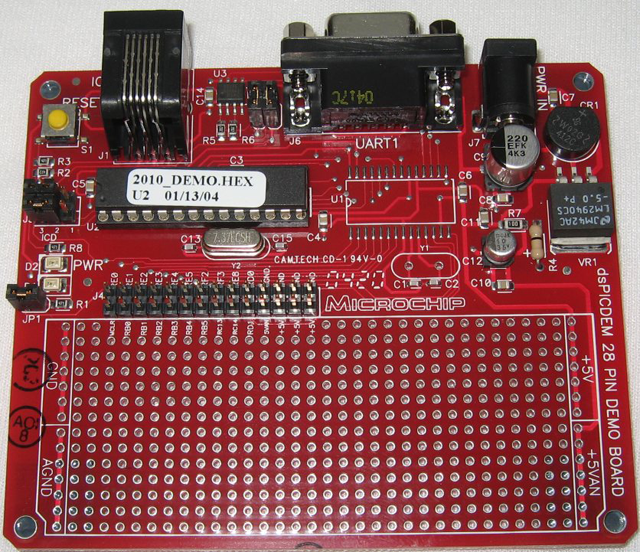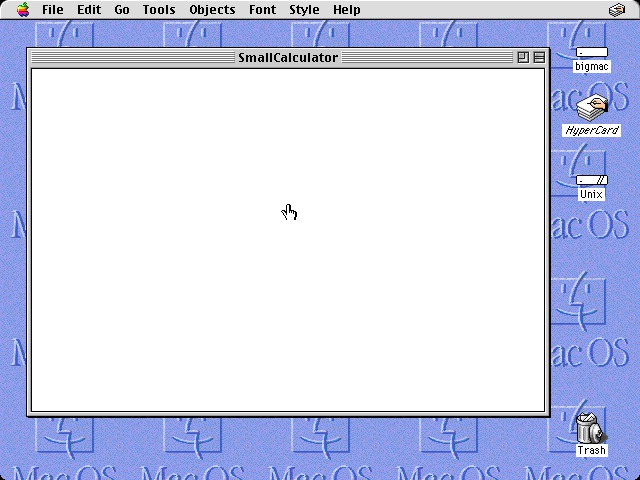

- #When were hypercard and storyspace developed full
- #When were hypercard and storyspace developed series
All of this is to point out the incredible difference between linear text and a multilinear, hypermedia experience, where the image, sound, structure and print are all text.

Soon, the reader can choose among three narrators, travel in four directions, wander at will among the accounts of five generations of Californians, dreaming of redemption.
#When were hypercard and storyspace developed full
The opening page is not a text/book at all, it is a shoreline scene, full screen, with flamenco music the reader clicks on footsteps in the sand to begin the story. The instant that I began to write this novel on the computer, I knew I had arrived in my perfect medium. This gave me the background and support to begin writing Califia, a novel-length story of the search for a lost paradise in California. grant to study "New Technologies in Literature" with Katherine Hayles at UCLA. Coverley: "I had been waiting to write in hypermedia all of my life. Marjorie Coverley Luesebrink, who writes hypertext fiction as M.D. Marble Springs is a collaborative hypertext where readers can add their own stories and connections. Connection cards with different patterns symbolize each connection. Now, that Marble Springs has been authored in hypertext you can explore the virtual ghost town by clicking on links. But you could not follow the two inch-thick maze of thread. So I put the stories in little houses on a model train set and strung different colored embroidery thread to show different connections.

But the stories weren't enough to show the relationships -some too secret for words, some the characters didn't understand.
#When were hypercard and storyspace developed series
The following first hand accounts by authors of hypertexts reveal much about what makes this form of writing special:ĭeena Larsen: "I wrote a series of stories about women in a Colorado mining town. Hypertext literature and digital arts are a far cry from wandering in the full wash of the Internet's associative ocean, and at times, something the web itself can't actually show you. But a rather limited one, given what's available. Click on the link, and you've gone from reading your selected author in cyberspace to planning a flesh-time trip to the National Gallery of Art. Follow that link, finding a recommendations page to more sites for that artist, including a list of museums showing his/her work in the near future. Read story A, which has been republished on the web with illustrations, one of which is credited to an artist whose work appears on a linked web site. Click on one of the myriad choices of web sites that result from the search. Search out your favorite writer on one of the search engines. Using computer programs like Storyspace, created by Michael Joyce, Jay Bolter and John Smith, and further developed and marketed by hypertext publisher Eastgate Systems, and Macintosh's HyperCard, the first hypertext authors were able to split a narrative into parts and provide unique paths for each, in essence giving characters, concepts or subplots a different point of view, and the reader a means to search out and create a unique reading experience.īut as soon as the World Wide Web, html markup language and higher baud rates made the Internet as we know it today a reality, hyperlinking became the underlying structure for how the web functioned. Writers who wished to organize their content in a non-linear fashion looked to print for their earliest models, to the work of authors like James Joyce and Thomas Pynchon, whose non-linear narratives set the stage for a new method of story-telling. When hypertext first emerged, there was no visual World Wide Web, no html markup language. the term has become a buzzword reaching far beyond the digital arts literary community, a word that at once defines the links that make the Internet itself such a powerful associative universe, a word that also describes a still relatively new form of digital writing, in which the authors create literary works that allow readers to search out and create their own plot line and story development. (The word docuverse was coined by Ted Nelson.) Mark Bernstein, president and chief scientist for Eastgate Systems, Inc. "The World Wide Web is, of course, a huge and wonderful hypertext - a docuverse." "The language of hypertext turns almost any reading experience into one that has poetic, imagistic properties, thus expanding the role of poetry in digital writing." Riding the Meridian - Hypertext - Means and Ends


 0 kommentar(er)
0 kommentar(er)
